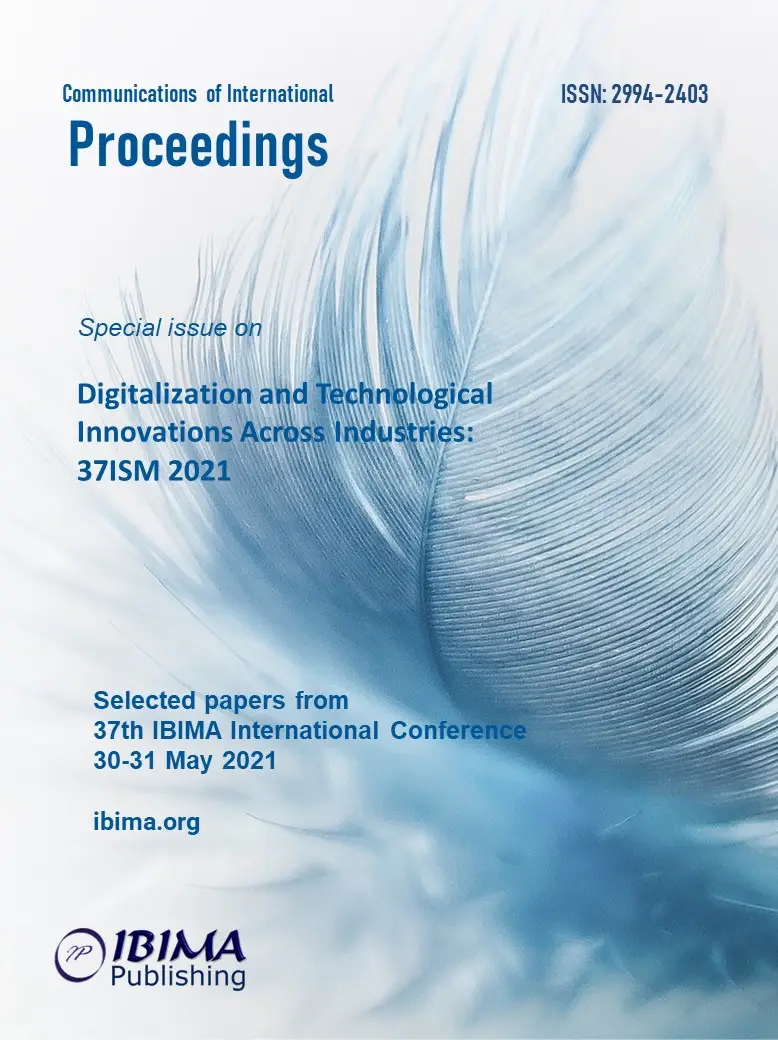
Evgeniya K. KARPUNINA1, Leyla R. MAGOMAEVA2, Gayane A. KOCHYAN3, Sergey V. PONOMAREV4 and Elena P. BORSHCHEVSKAYA5
1 Derzhavin Tambov State University, Russia
2 Grozny State Oil Technical University named after Academician M.D. Millionshchikov, Russia
3 Kuban State Technological University, Russia
4 Financial University under the Government of the Russian Federation, Russia
5 Voronezh State University, Russian

The purpose of the study is to identify the sources and specifics of digital inequality in the modern global economy, as well as to compare the forms and scale of digital inequality in the OECD and BRICS countries. The authors consider digital inequality in three forms: technological inequality (resulting from inequality in access to ICT infrastructure), social inequality (inequality in the human potential realization, including gender), and economic inequality (inequality of digital dividends). The authors compared various forms of digital inequality between the OECD countries (USA, Sweden, Denmark, Switzerland) and the BRICS countries (Brazil, Russia, India, China and South Africa) through an economic analysis of indicators. The article concludes that the BRICS countries (with the exception of China) lag behind the OECD countries in terms of the level of technological infrastructure development, the degree of human potential realization, as well as the economic benefits of digitalization. The points of growth of the digital economy of the BRICS countries are highlighted, and recommendations are formed to overcome their digital lag behind the developed countries.